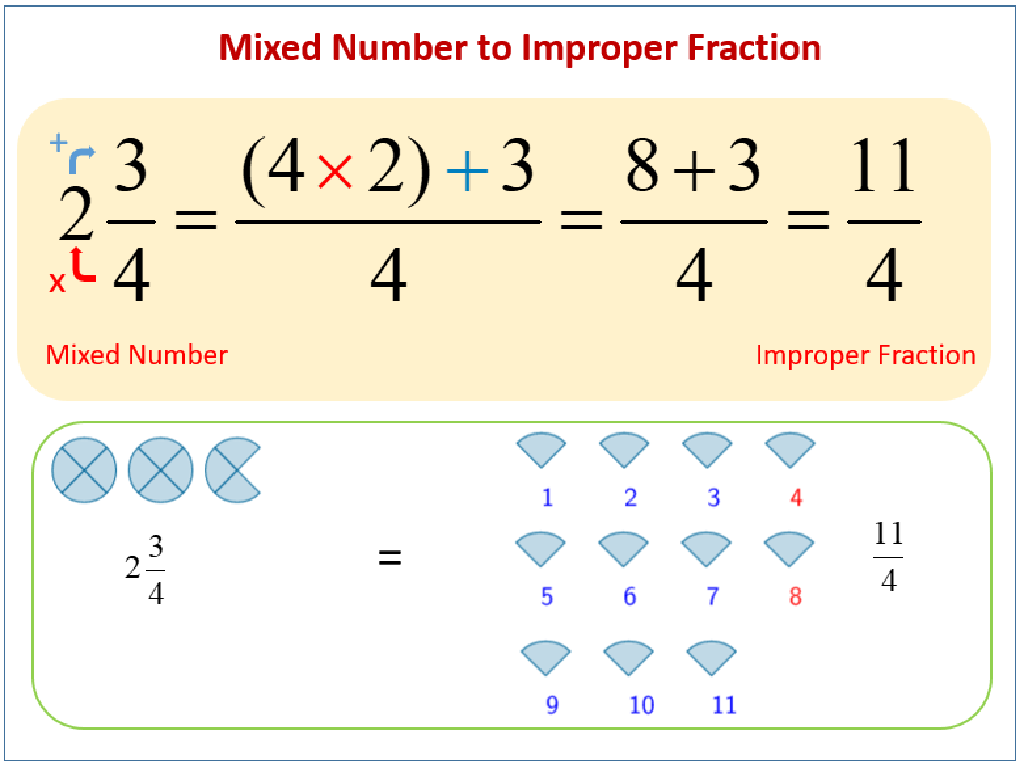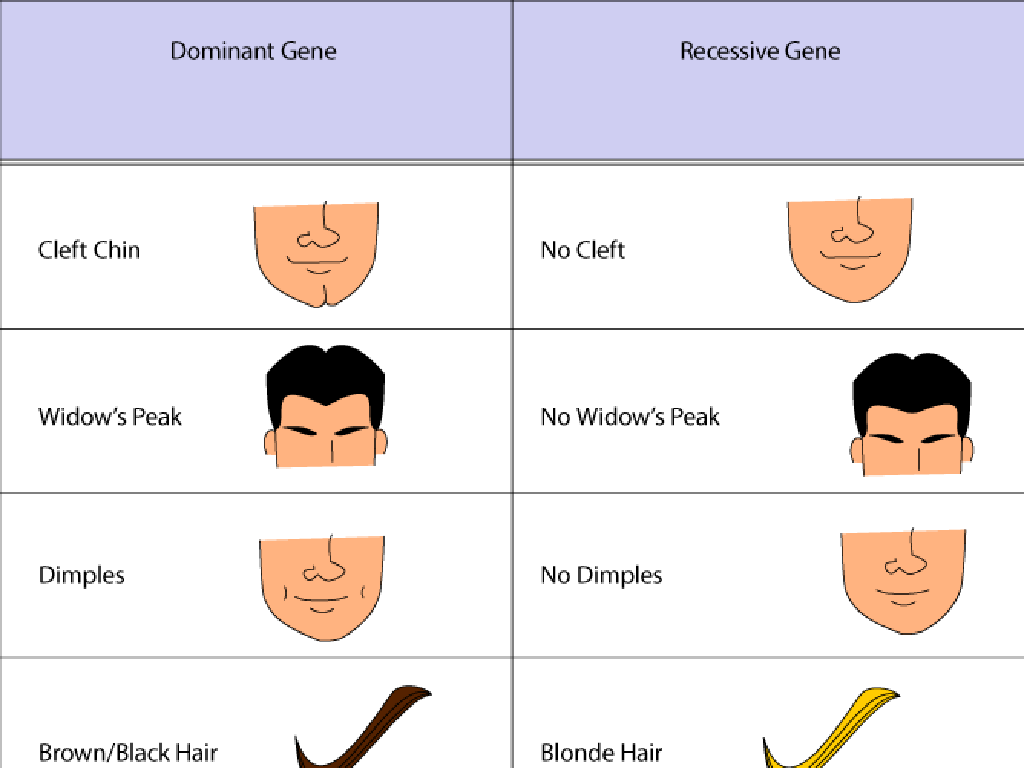Rounding: Up To Hundred Thousands Place
Subject: Math
Grade: Fourth grade
Topic: Rounding
Please LOG IN to download the presentation. Access is available to registered users only.
View More Content
Welcome to Rounding Numbers!
– Grasping the rounding concept
– Rounding means approximating a number to the nearest place value.
– Rounding in daily life
– Helps estimate costs, distances, and time quickly.
– Rounding to hundred thousands
– For example, round 234,567 to the nearest hundred thousand.
– Today’s learning goal
|
This slide introduces the concept of rounding numbers, an essential mathematical skill that simplifies complex numbers for easier comprehension and practical use. Begin by explaining that rounding is a way to simplify numbers to the nearest ten, hundred, thousand, etc. Emphasize its usefulness in everyday situations such as estimating costs or distances. Today’s objective is to understand how to round numbers specifically to the hundred thousands place. For instance, if we have the number 234,567, when rounding to the nearest hundred thousand, we look at the ten thousands place (4), since it’s less than 5, we round down to 200,000. Encourage students to think of situations where they might need to round large numbers and be ready to practice this skill.
The Basics of Rounding Numbers
– Understanding rounding
– Rounding is simplifying a number while maintaining its approximate value.
– Rounding makes numbers simpler
– A rounded number is less precise, but more practical for quick calculations.
– Keeps value close to original
– The rounded number remains close to the original to represent it accurately.
– Results are easier to use
– Easier numbers speed up mental math and estimation.
|
This slide introduces the concept of rounding as a way to simplify numbers while keeping their value close to the original. Emphasize that rounding is a practical skill used to make quick estimations and is especially useful in everyday life for tasks like handling money or measuring ingredients. It’s less about precision and more about ease of use and understanding. Encourage students to think of rounding as a tool to make numbers more manageable, especially when exact values are not necessary. Provide examples of rounding to the nearest ten, hundred, and thousand to illustrate the concept.
When Do We Use Rounding?
– Estimate costs while shopping
– If an item costs $19.99, we round to $20 for quick estimation.
– Approximate travel distances
– A trip might be 238 miles, we round to 240 miles to plan the journey.
– Simplify numbers for understanding
– Large numbers are rounded to nearest thousand for clarity.
– Ease calculations with rounded numbers
– Adding large numbers is easier when they are rounded.
|
Rounding numbers is a practical skill used in everyday life. When shopping, we often round prices to the nearest dollar to estimate the total cost quickly. During travel, we round distances to the nearest ten or hundred to make planning easier. In general, rounding helps us make numbers more manageable, especially when dealing with large values or when precise values are not necessary. It’s also a useful tool in mental math, allowing us to perform calculations more swiftly. Encourage students to think of other scenarios where rounding might be helpful and to practice rounding to various places, including the hundred thousands.
Rounding to the Nearest Ten
– Review rounding to the nearest ten
– Check the ones place to decide
– If ones place is 5 or more, round up
– Practice with 34 and 87
– 34 has 4 in the ones place, so it rounds down to 30
– Understand rounding rules
– If less than 5, keep the tens place the same
|
Begin with a review of the rounding concept, focusing on the nearest ten. Remind students to look at the ones digit to determine whether to round up or down. If the ones digit is 5 or more, the number rounds up to the next ten; if it’s less than 5, it rounds down, keeping the tens digit the same. Use 34 and 87 as clear examples to illustrate the rule. For 34, since the ones digit is 4, it rounds down to 30. For 87, the ones digit is 7, so it rounds up to 90. Encourage students to practice with more examples and ensure they understand the rule before moving on to larger numbers.
Rounding to the Nearest Hundred
– Review rounding to nearest hundred
– Check the tens place to decide
– If tens place is 5 or more, round up
– Example: 142 rounds to 140
– 142 has 4 in tens place, so it rounds down to 140
– Example: 768 rounds to 770
– 768 has 6 in tens place, so it rounds up to 770
|
Begin with a quick review of the rounding concept, ensuring students recall the basic rules. Emphasize the role of the tens digit in determining whether to round up or down to the nearest hundred. Use clear examples like 142 and 768 to illustrate the process. For 142, since the tens digit is 4 (less than 5), we round down to 140. For 768, the tens digit is 6 (5 or more), so we round up to 770. Encourage students to practice with additional examples and provide immediate feedback to solidify their understanding. Prepare a set of practice problems for students to work on individually, in pairs, or in small groups.
Rounding to the Nearest Thousand
– Review rounding to nearest thousand
– Check the hundreds place
– If hundreds place is 5 or more, round up
– Practice with 2,650 and 4,499
– 2,650’s hundreds place is 6, so it rounds up to 3,000; 4,499’s is 4, so it rounds down to 4,000
– Understand rounding rules
– Numbers ending in 500 or more go up, less than 500 go down
|
Begin with a quick review of the rounding concept, focusing on the nearest thousand. Remind students to look at the hundreds digit to determine whether to round up or down. For example, in the number 2,650, since the hundreds place is ‘6’, which is more than 5, we round up to 3,000. Conversely, for 4,499, the hundreds place is ‘4’, so we round down to 4,000. Reinforce the rule that if the hundreds place is 5 or more, we round up to the next thousand, and if it’s less than 5, we round down. Provide additional examples and encourage students to explain their thinking process to solidify their understanding.
Rounding to the Nearest Ten Thousand
– Review rounding to ten thousand
– Remember, we look at the digit right after the place we’re rounding to.
– Check the thousands place digit
– If it’s 5 or more, round up. If it’s 4 or less, keep it the same.
– Practice with 15,000 and 23,000
– 15,000 rounds up to 20,000 because the thousands place is 5. 23,000 stays at 20,000 because the thousands place is 3.
|
Begin the lesson by reviewing the concept of rounding and specifically focus on rounding to the nearest ten thousand. Explain that to determine whether to round up or down, students should look at the thousands place digit (the digit to the right of the ten thousands place). If this digit is 5 or more, they round up, and if it’s 4 or less, they round down. Use the examples provided to illustrate this point. For 15,000, since the thousands place is ‘5’, it rounds up to 20,000. For 23,000, the thousands place is ‘3’, so it rounds down, staying at 20,000. Encourage students to practice with more examples and ensure they understand the concept before moving on.
Rounding to the Nearest Hundred Thousand
– Steps to round to 100,000s
– Look at the number in the ten thousands place.
– Check the ten thousands place
– If it’s 5 or more, round up. If it’s less than 5, round down.
– Example: 150,000 rounds up
– 150,000 has a 5 in the ten thousands place, so it rounds up to 200,000.
– Example: 449,000 rounds down
– 449,000 has a 4 in the ten thousands place, so it rounds down to 400,000.
|
This slide introduces students to the concept of rounding numbers to the nearest hundred thousand. Start by explaining the importance of the ten thousands place in determining whether to round up or down. Provide clear examples with numbers like 150,000, which rounds up to 200,000 because the ten thousands place is 5, and 449,000, which rounds down to 400,000 because the ten thousands place is 4. Encourage students to practice with additional examples and to explain their reasoning for each rounding decision. This will help solidify their understanding of rounding large numbers.
Let’s Practice Rounding to the Nearest Hundred Thousand!
– Interactive rounding examples
– Example: Round 345,678
– Round to 300,000, because 345,678 is closer to 300,000 than to 400,000
– Example: Round 602,340
– Round to 600,000, because 602,340 is closer to 600,000 than to 700,000
|
This slide is an interactive practice activity for students to understand rounding to the nearest hundred thousand. Start by explaining that when rounding to the nearest hundred thousand, they should look at the ten thousands place to decide whether to round up or down. For 345,678, since the ten thousands place is 4 (less than 5), we round down to 300,000. For 602,340, the ten thousands place is 0 (less than 5), so we round down to 600,000. Encourage students to participate by rounding numbers on their own, and provide immediate feedback. This hands-on practice will help solidify their understanding of the rounding concept.
Class Activity: Rounding Relay!
– Split into teams for the relay
– Each member rounds one number
– Round the given number to the nearest hundred thousand
– Pass to the next after solving
– First team to finish correctly wins!
|
This activity is designed to make learning about rounding to the nearest hundred thousand fun and engaging. Divide the class into small teams, and give each team a set of numbers to round. Each student on the team is responsible for rounding one number before passing the worksheet to the next team member. The first team to have all members complete their rounding task correctly wins a small prize. This encourages teamwork, quick thinking, and reinforces the concept of rounding. Possible variations of the activity could include using a timer to add pressure, or having students round to different places for added challenge.
Rounding Recap: Up to Hundred Thousands
– Review rounding steps
– Locate the hundred thousands place, check the next digit to the right
– Understand rounding importance
– Rounding simplifies numbers, makes them easier to work with
– Address final questions
– Clear up any confusion before we finish
– Practice makes perfect
– Keep practicing with different numbers for mastery
|
As we conclude, let’s recap the steps for rounding to the nearest hundred thousand. Remember to find the hundred thousands digit and then look to the digit immediately to the right. If that digit is 5 or more, we round up. If it’s 4 or less, we keep the hundred thousands digit the same. Rounding is a crucial skill that helps us estimate and simplify numbers, especially when dealing with large values. It’s important in everyday life for making quick calculations and decisions. Now, let’s take a moment to answer any lingering questions to ensure everyone is clear on the concept. Encourage students to continue practicing rounding with different numbers to become more confident in their skills.





